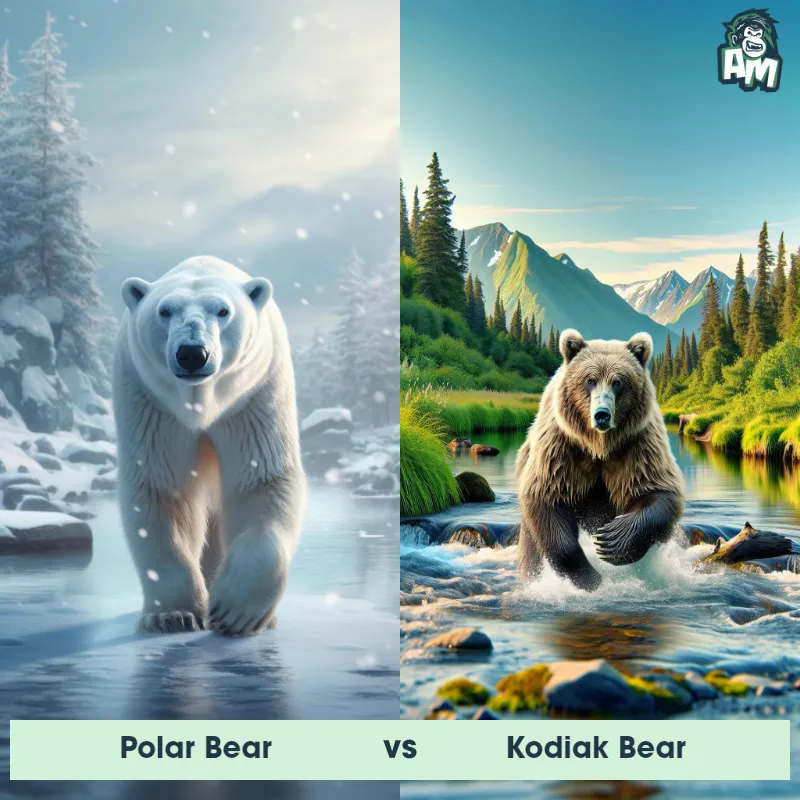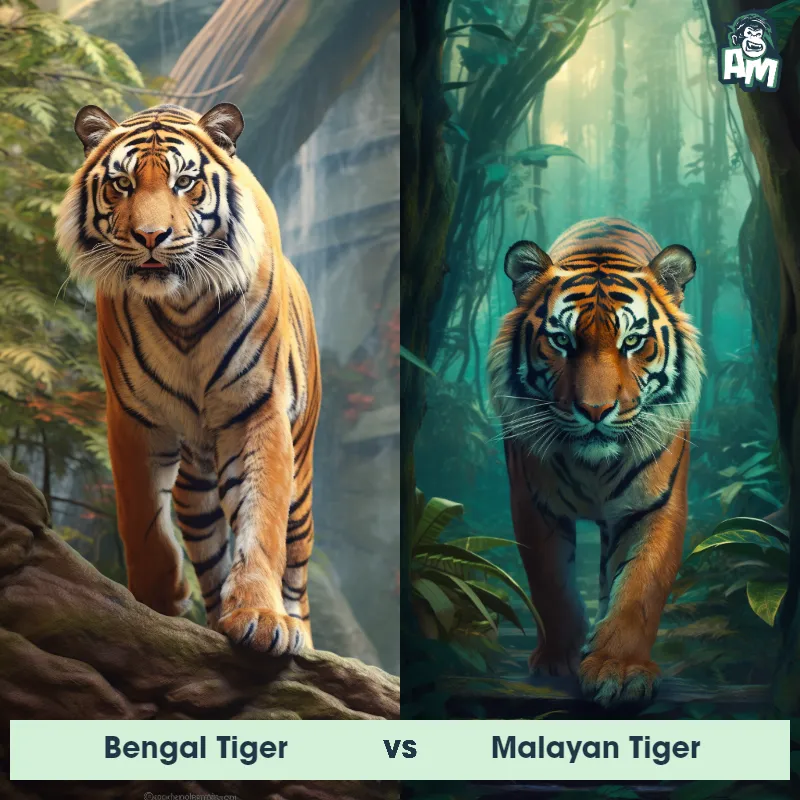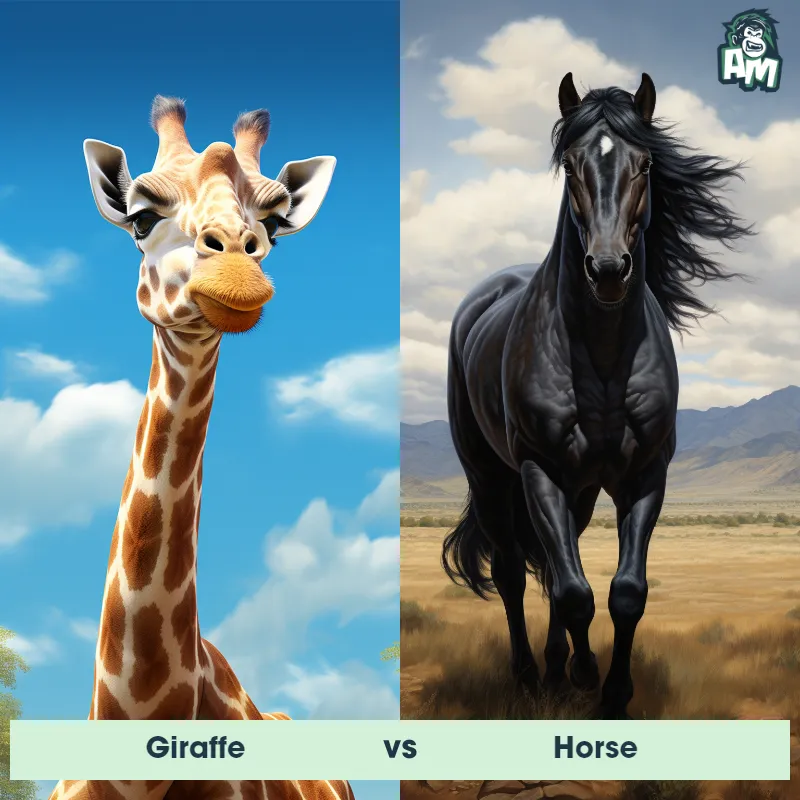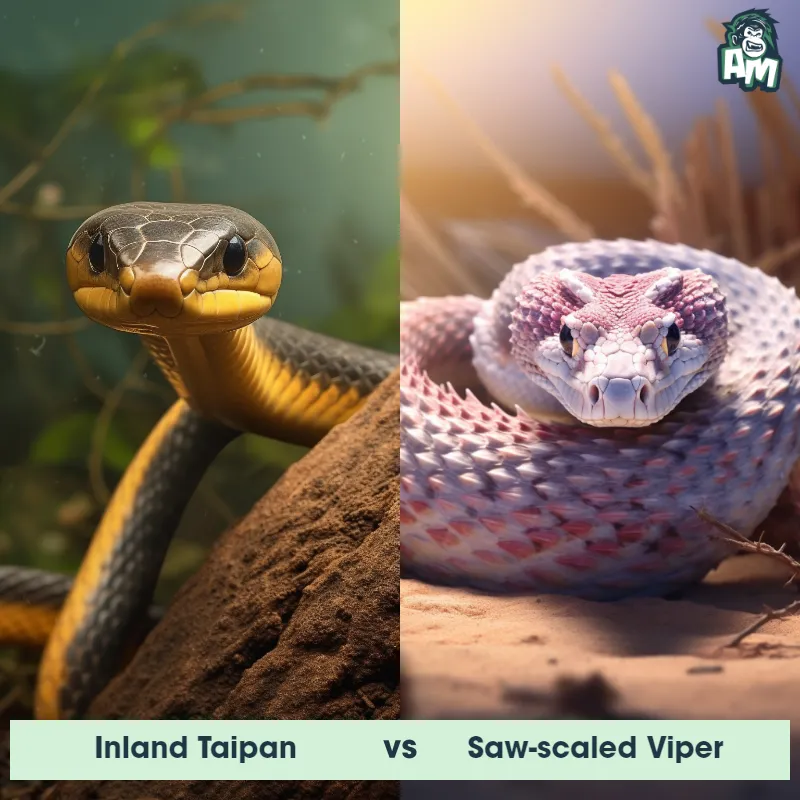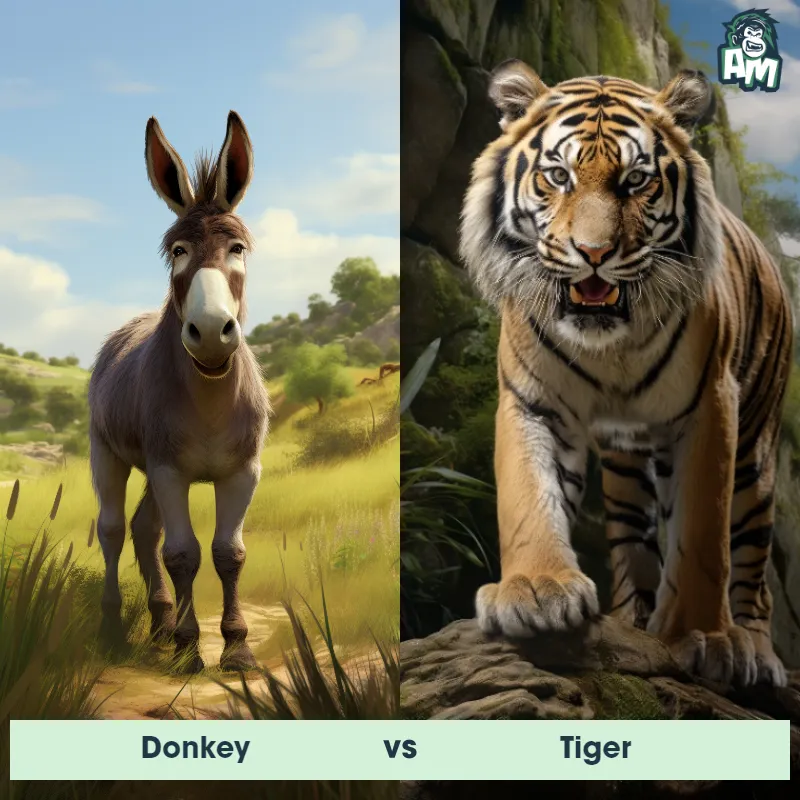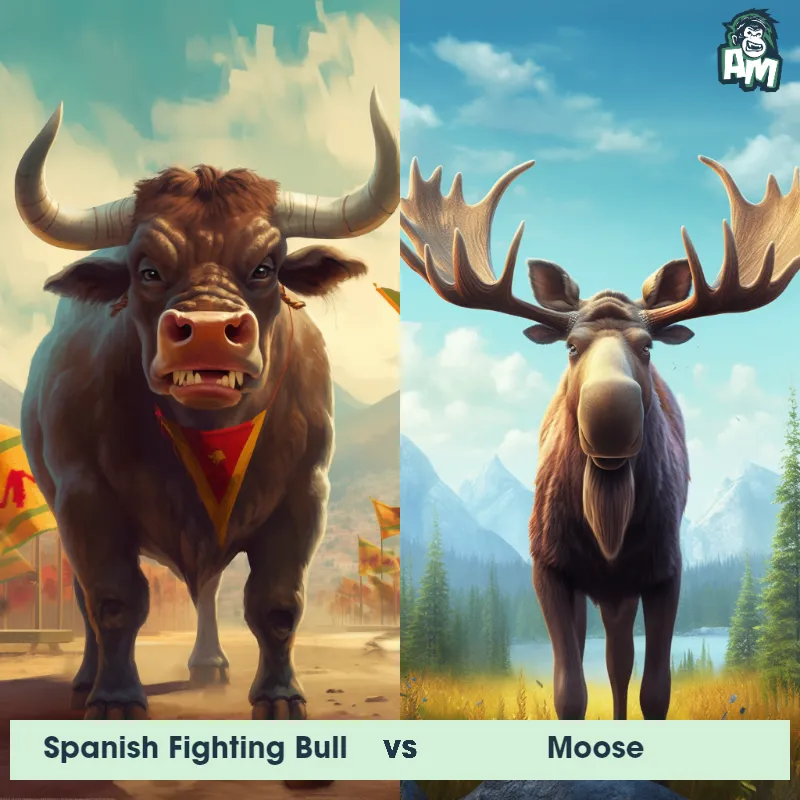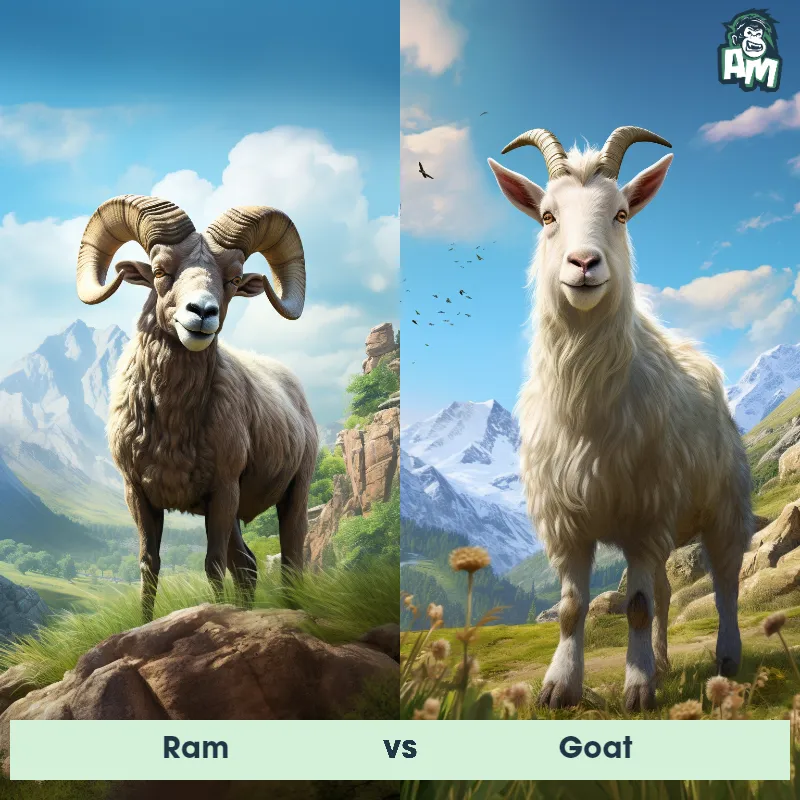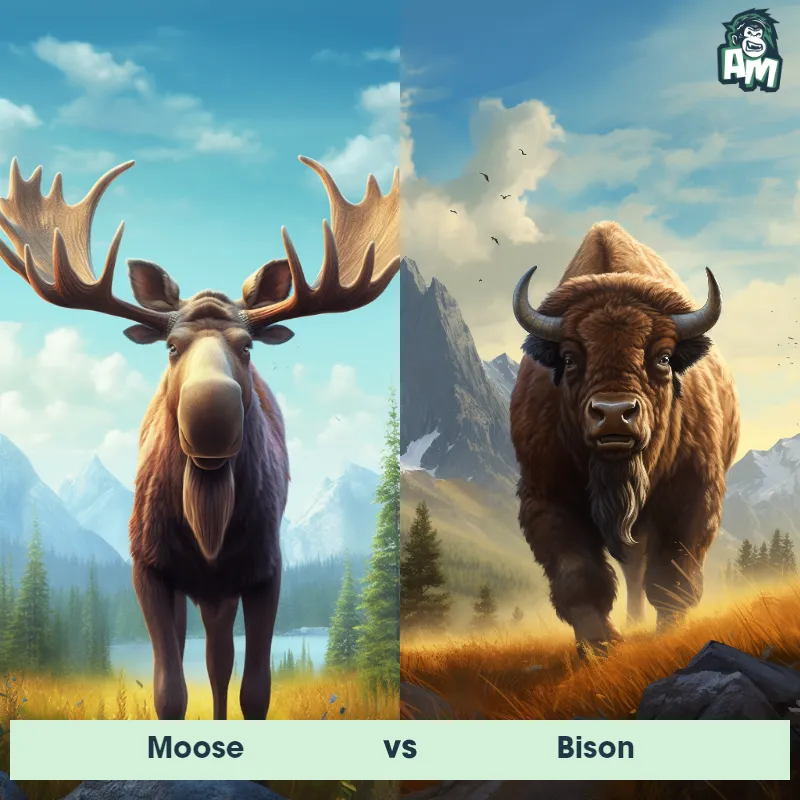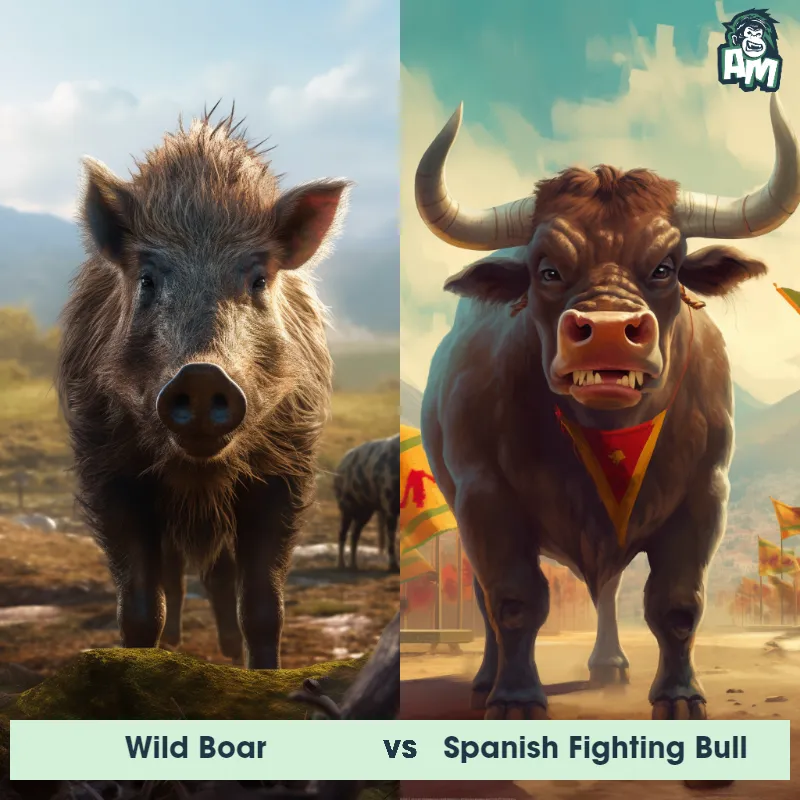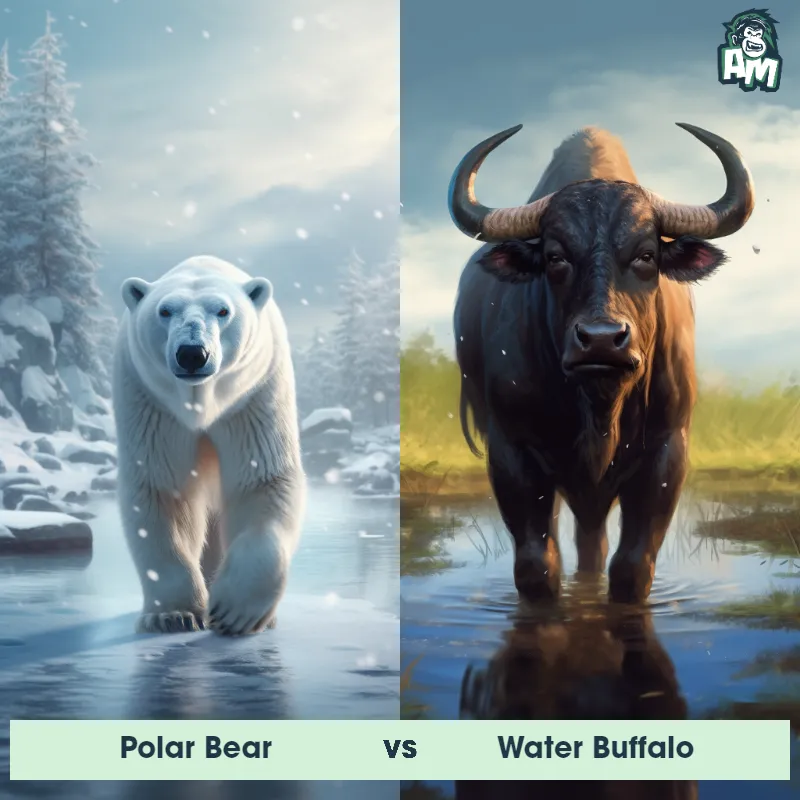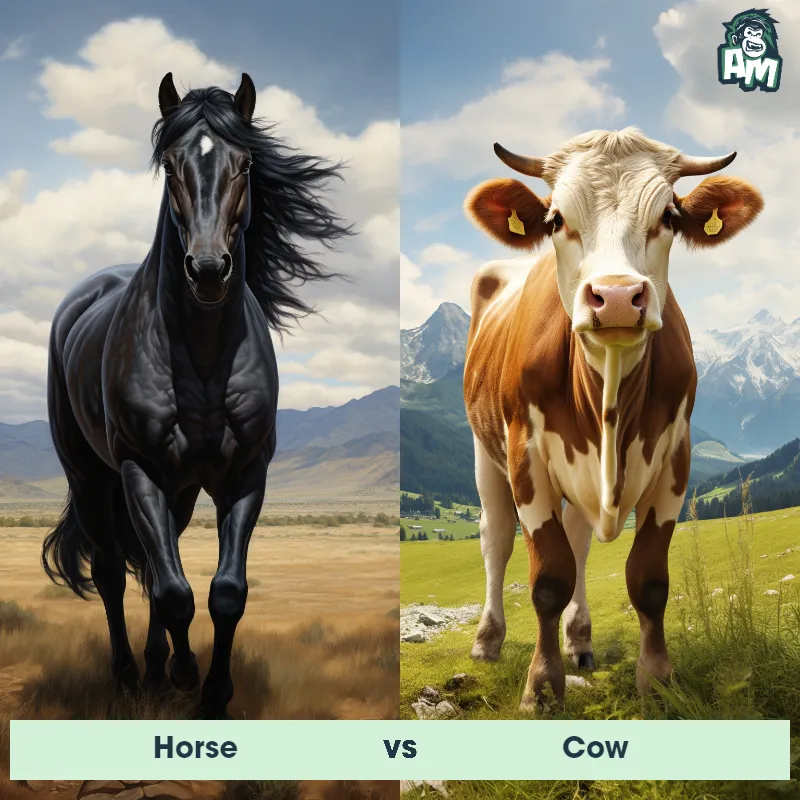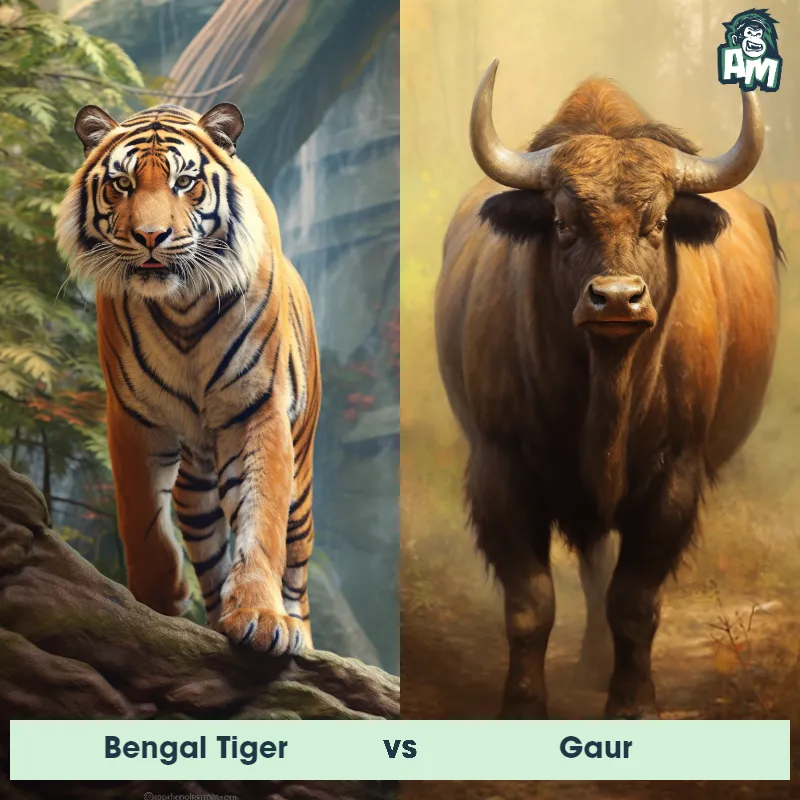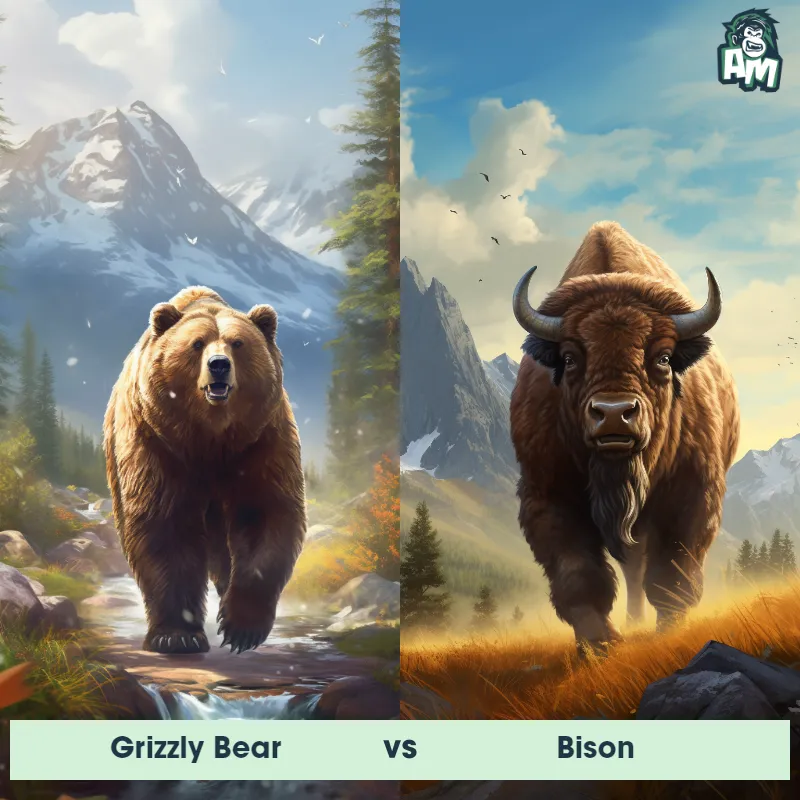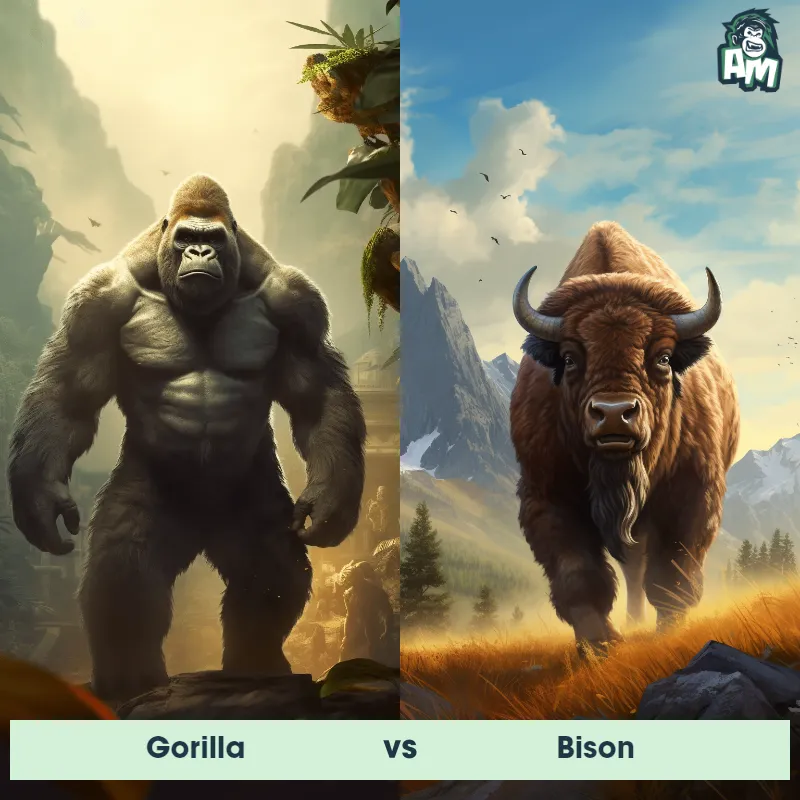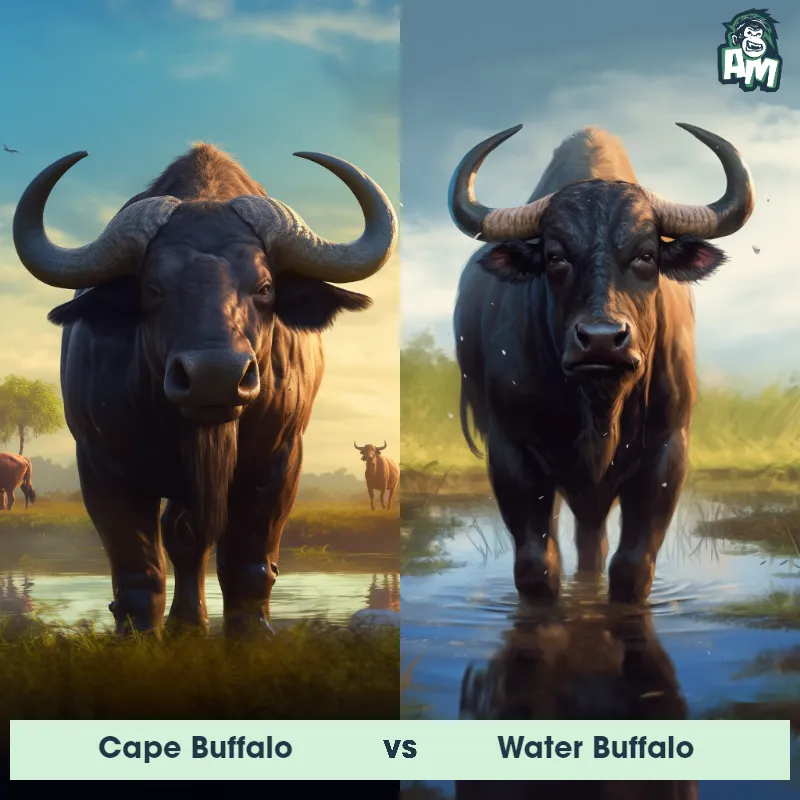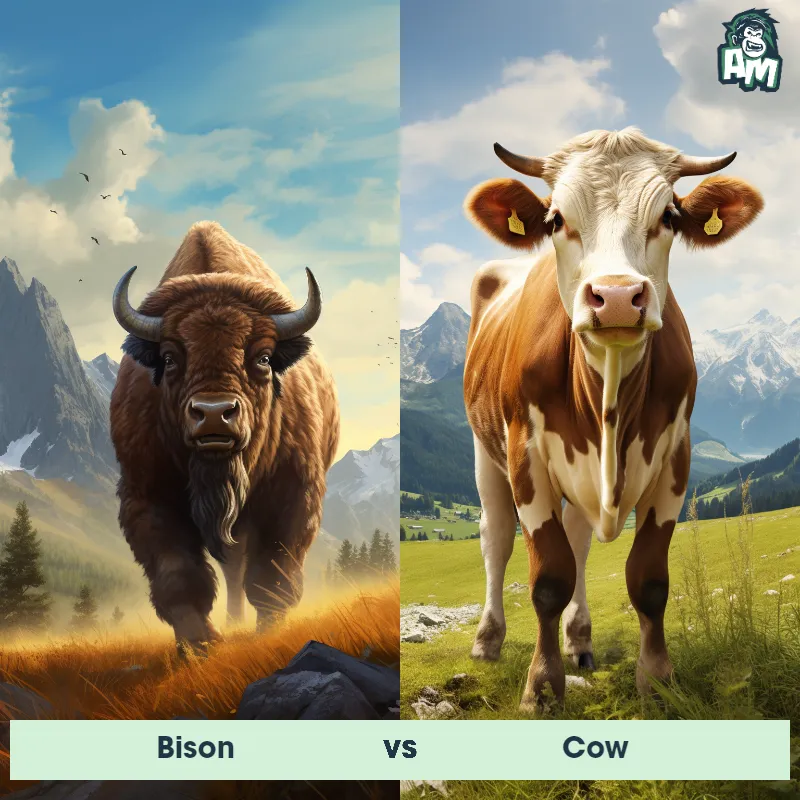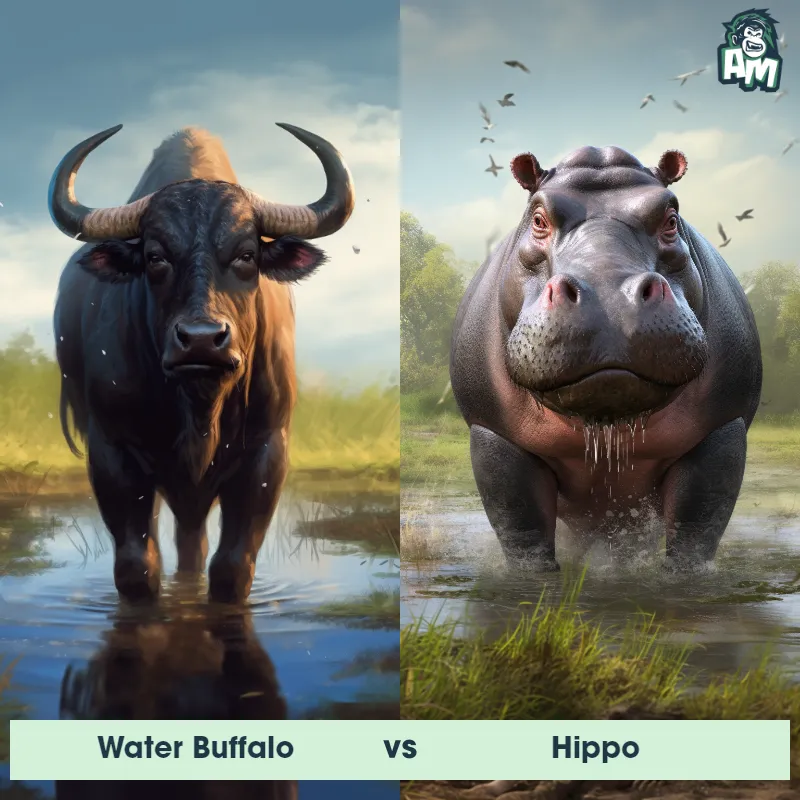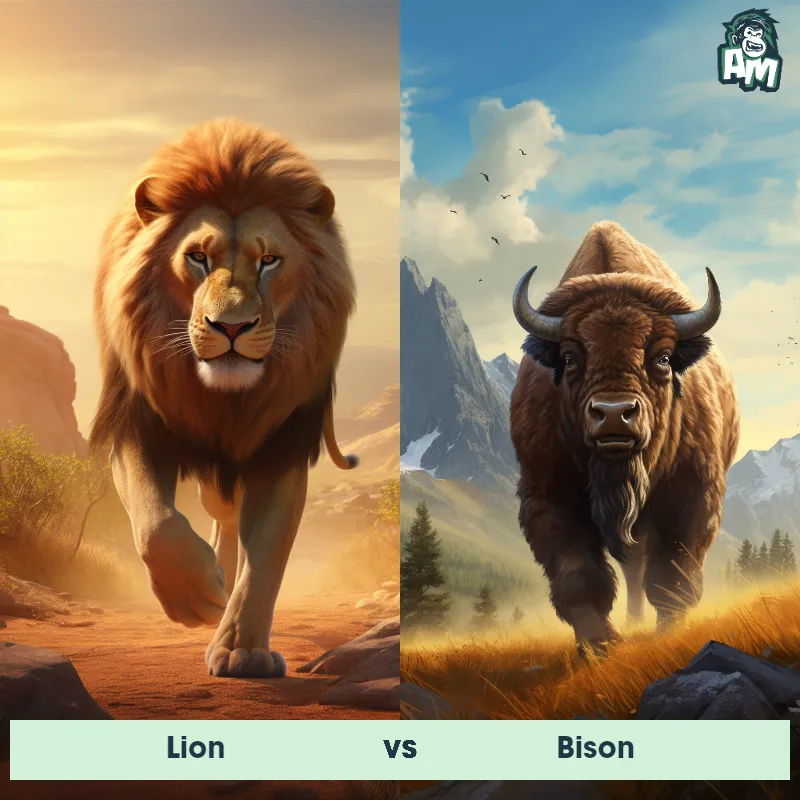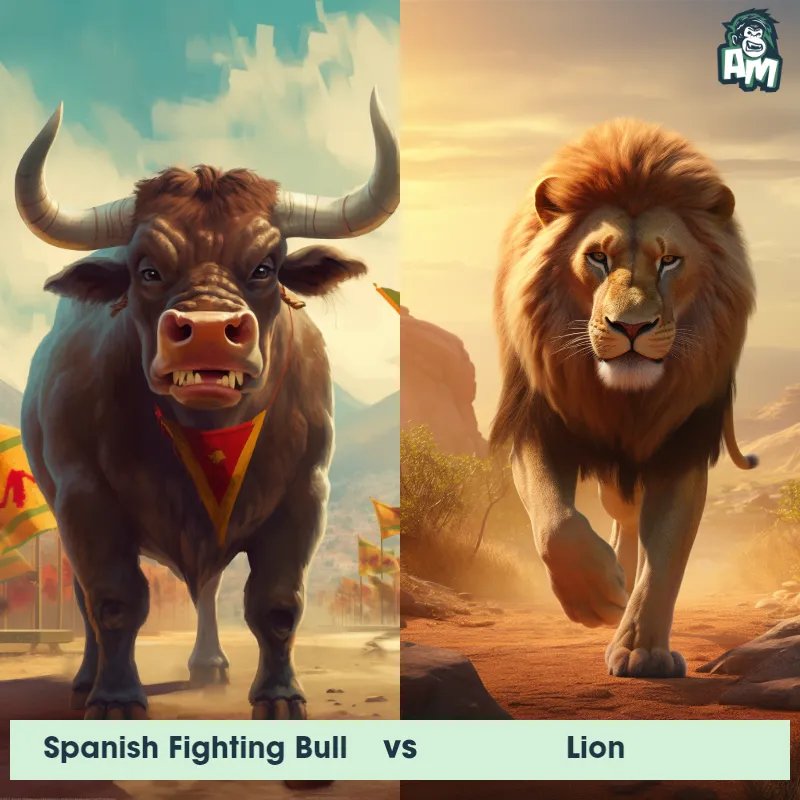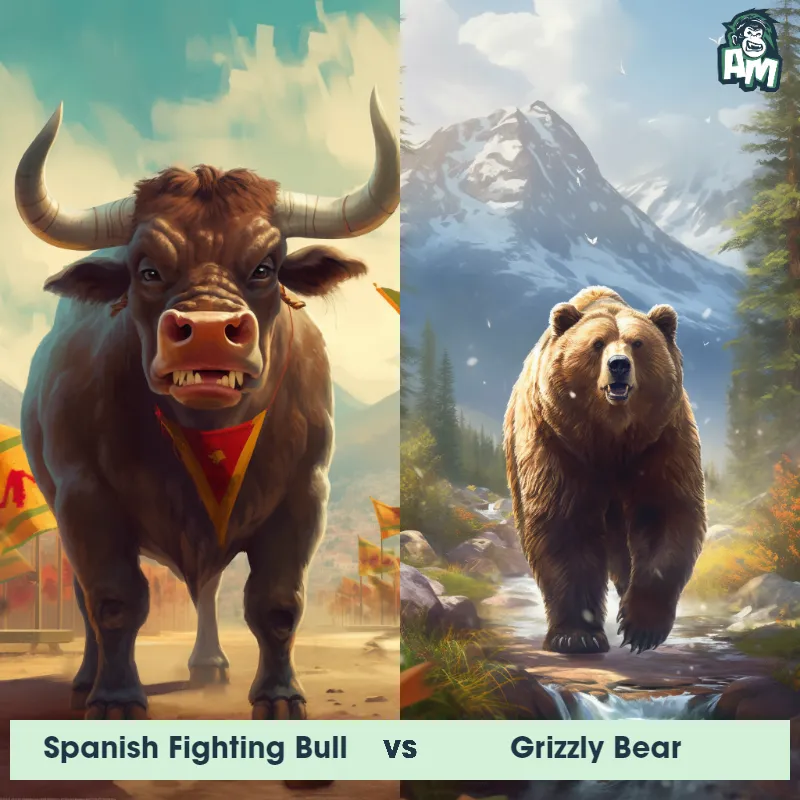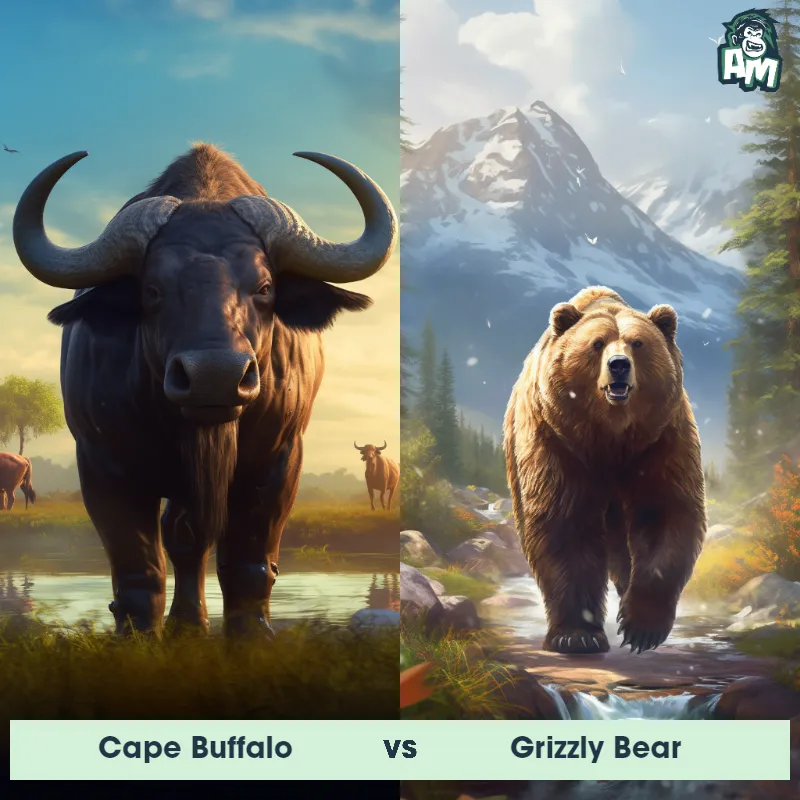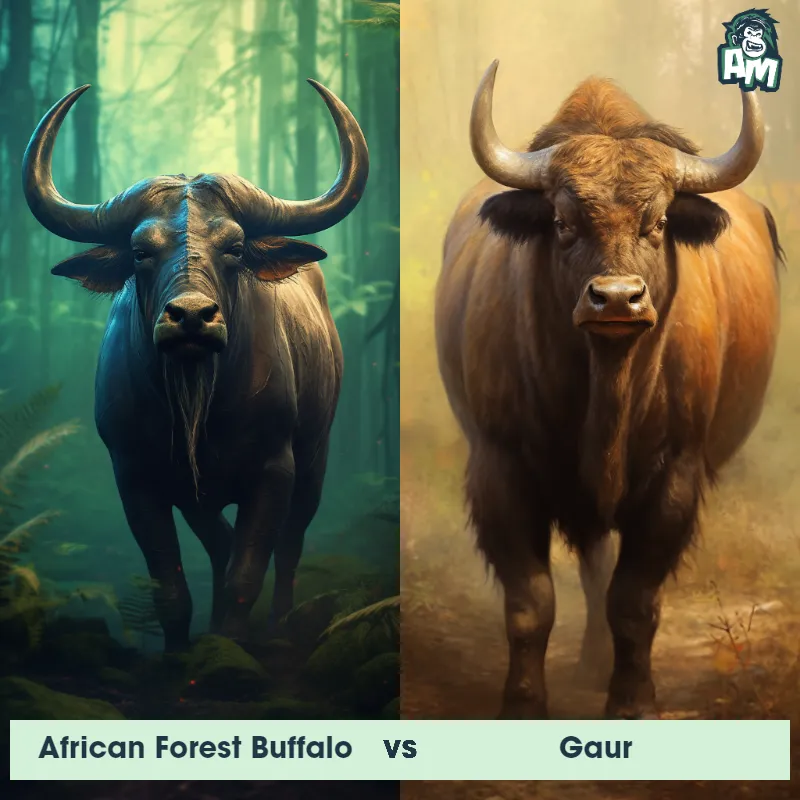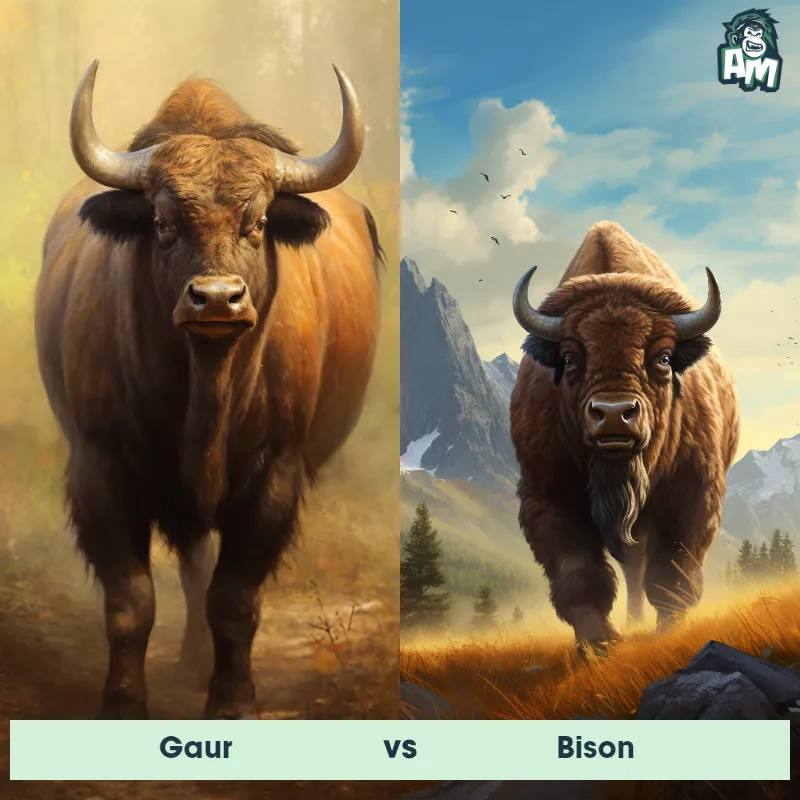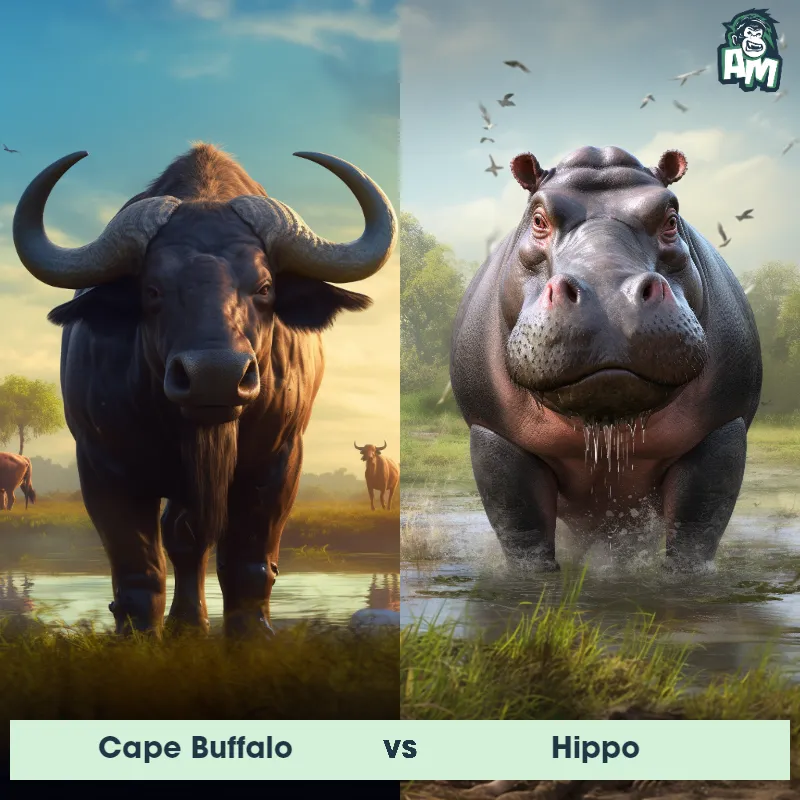Wild Yak vs BisonSee Who Wins

Welcome everyone to this epic showdown between a wild yak and a bison! Both of these massive animals are known for their strength and power, so we are in for a real treat in this matchup.
Contender 1: Wild Yak
The Wild Yak, also known as Bos mutus, is a large mammal native to the Tibetan Plateau and surrounding regions. Known for its robust build and thick fur, this majestic creature stands at 5 to 7 feet tall at the shoulder and can weigh up to 2,000 pounds. With a shaggy, dark brown coat that provides insulation against harsh mountain climates, the Wild Yak possesses long, curved horns that can grow up to 40 inches in length. These herbivores primarily graze on grasses, herbs, and lichens, and are well-adapted to survive in the extreme high-altitude environments.
Fun Fact: The Wild Yak holds the impressive title of being the largest wild bovid species in the world, showcasing its exceptional size and strength.
Contender 2: Bison
The bison, also known as the American buffalo, is a massive, hump-shouldered beast known for its iconic place in the history and folklore of the American West. They are covered in a shaggy, dark brown winter coat, and have a lighter-weight, lighter brown summer coat. With their massive size, adult males can weigh up to 2,000 pounds, and both males and females have short, curved horns, which they use in fighting for status within the herd and for defense.
Fun Fact: Despite their massive size and seemingly lumbering movements, bison are remarkably agile and quick, capable of running up to 35 miles per hour and jumping high fences.
Matchup Stats
| Wild Yak | Bison | |
|---|---|---|
| Size | 5-7 feet (1.5-2.1 meters) tall at the shoulder | 5-6.5 feet tall at the shoulder (1.5-2 meters) |
| Weight | Up to 2,000 pounds (907 kilograms) | Up to 2,000 pounds (907 kilograms) |
| Speed | 20mph (32.2km/h) | 37mph (60km/h) |
| Key Strength | Powerful horns and robust build | Powerful size, speed, and horns |
| Biggest Weakness | Lack of speed and agility | Limited agility due to size |
Current Votes
Wild Yak vs Bison
See Who Wins
View More Matches
Looking For More?
Similar Matches
Scientific Stats
| Wild Yak | Bison | |
|---|---|---|
| Scientific Name | Bos mutus | Bison bison |
| Family | Bovidae | Bovidae |
| Habitat | Alpine meadows and grasslands | Grasslands, prairies, and forests |
| Geography | Tibetan Plateau and surrounding regions | North America |
| Diet | Grazes on grasses, herbs, and lichens | Herbivore, primarily grasses and sedges |
| Lifespan | 8 years - 12 years | 12 years - 20 years |
Key Differences between Wild Yak and Bison
- Horns: Wild yaks have long, curved horns that can reach up to three feet in length, whereas bison have shorter, more triangular-shaped horns.
- Size: Wild yaks are generally larger than bison, with male yaks weighing up to 2,200 pounds compared to male bison weighing up to 2,000 pounds.
- Tail: Yaks have long, bushy tails that can reach up to 30 inches in length, while bison have shorter, less bushy tails.
- Color: Yaks have thick fur that can range in color from black to brown, while bison have a shaggy coat that is typically brown in color.
- Habitat: Wild yaks are native to the mountainous regions of central Asia, while bison are found in the grasslands of North America.
- Hump: Yaks have a prominent hump above their shoulders, while bison do not have a hump.



